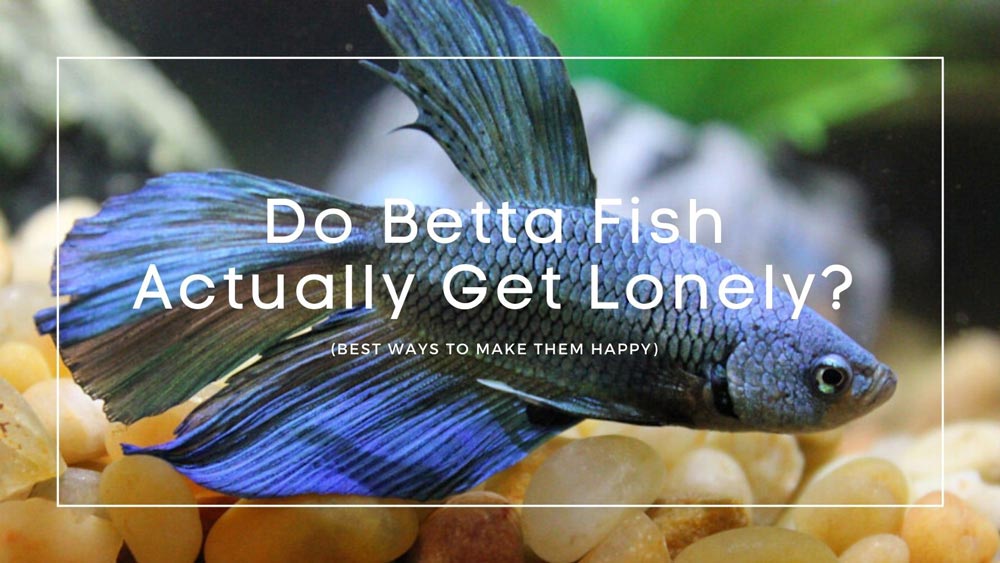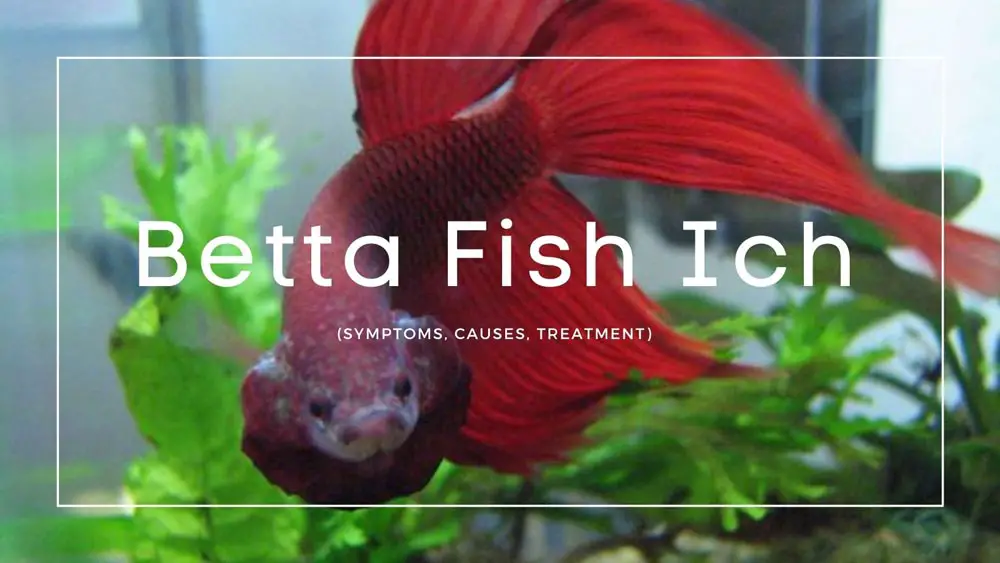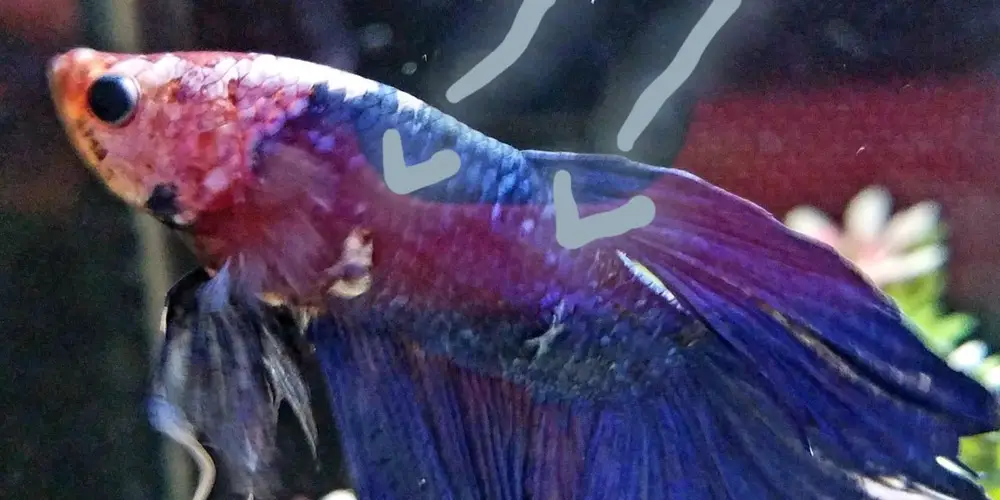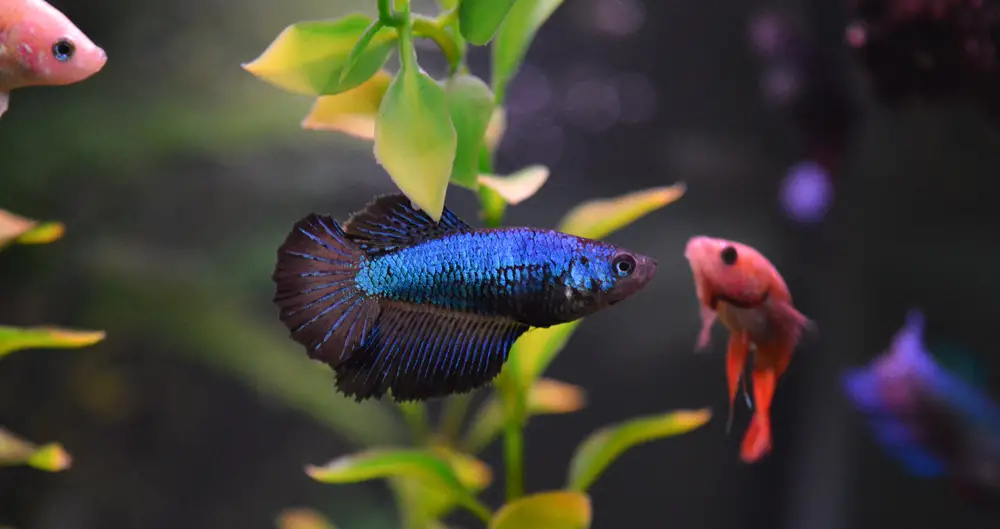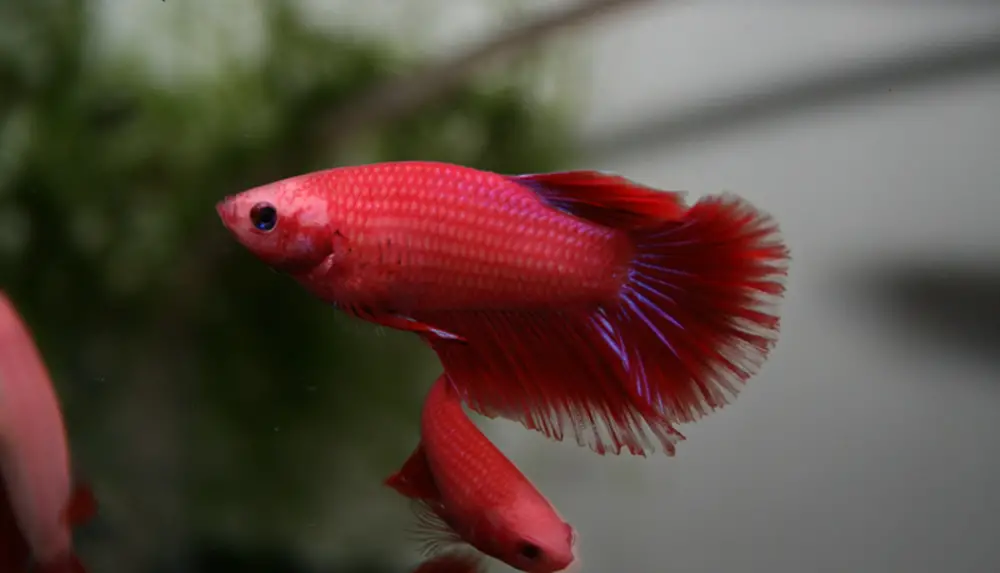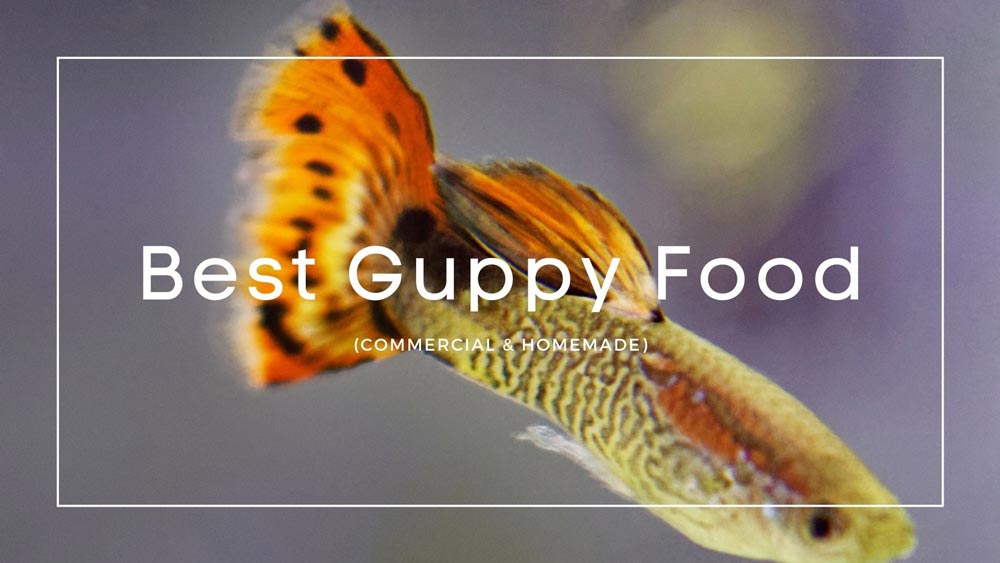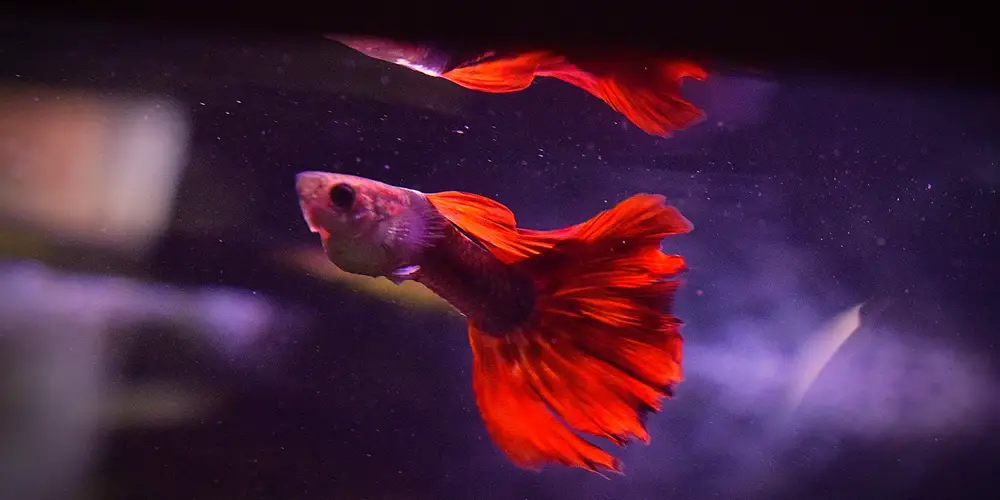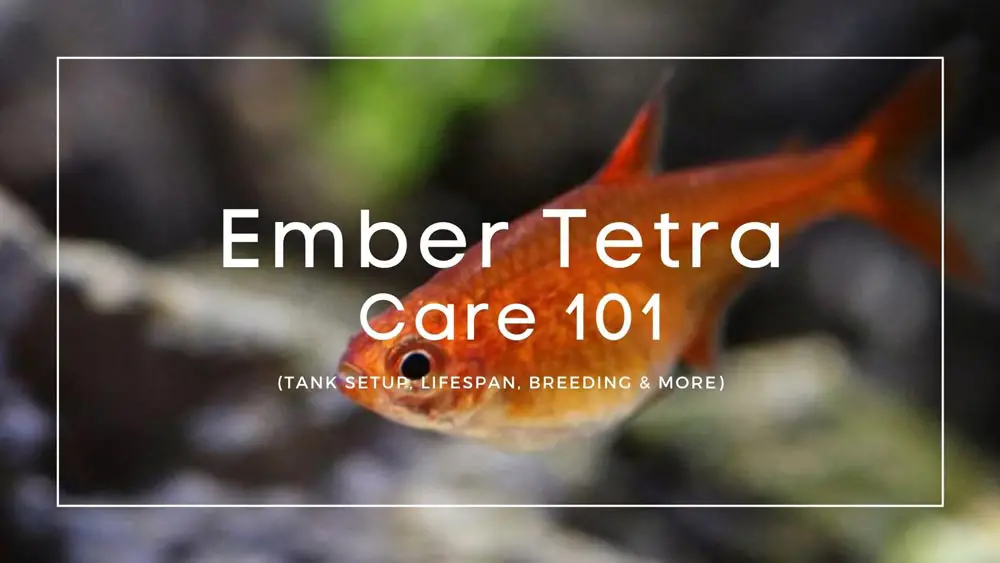Do you ever wonder if fish get lonely, swimming around in their tank all by themselves for their entire lives? You have to wonder if they possibly get bored, as well, doing the same thing day after day with no change.
Do fish actually get bored and lonely? Keep reading to learn how you can keep your Bettas from getting bored and lonely, and actually make them happier and more content in their home environment.
Do Betta Fish Get Lonely?
No one really knows for certain whether Betta fish actually get lonely or not. Although fish enthusiasts generally believe that Bettas probably do not get lonely. Bettas have a reputation for being a solitary fish due to their aggressiveness towards each other, as well as towards other fish species.
However, it is believed that Bettas do, indeed, get sad. Evidence shows that Bettas commonly become bored, depressed, and even stressed. It’s your job as the fish enthusiast, to provide everything your Betta needs in order to avoid these unhealthy conditions. By providing stimuli, hiding places, vegetation, and shade, you can be sure your Betta will be happy and content.
Do Betta Fish Prefer Being Alone?
Although Bettas tend to be a solitary fish, that doesn’t necessarily mean that they like to be alone. Each Betta has a different temperament. Some Bettas are more territorial than others and won’t tolerate any other species in their tank. In contrast, other Bettas may actually become more social living with other species in a community tank.
There is one hard and fast rule for Bettas – never putting two male Bettas in the same tank. They are known as Siamese Fighting Fish for a reason. They are very territorial and aggressive towards other male Bettas. If they feel their territory is being threatened, they will fight each other, usually unto death.
Nonthreatening species might actually make your Betta happier in their tank. Mollies, platies, snails, shrimp, and some catfish make great tankmates for Bettas. With other fish swimming around, it might make your Betta feel less lonely and more content.
When there are other fish swimming around the tank along with your Betta, it could indicate that there are no threats in the tank, and there’s nothing for your Betta to be afraid of.
Keeping Bettas with Other Fish
If you prefer to have your Betta in a community tank along with other fish, there are some things you will need to know.
The Tank Should Be Big Enough
Ensuring the tank is large enough for your Betta and other fish to live happily without getting in each other’s territory is one of the most important things you can do as a fish owner.
A five-gallon tank is great for a Betta alone. However, if you want to add more fish to the tank, you will need a bigger tank, starting at ten gallons or larger. In fact, some fish, such as the red tail shark, require at least a 55-gallon tank.
Provide Plenty of Hiding Spaces
If you have a community tank with a Betta as well as other fish, you will want to provide plenty of hiding spaces for all of them. Your fish will feel safer when they have a lot of hiding places, which will make them feel more secure about swimming around in the open.
Monitor the Tank
When first introducing new fish to your Betta, you will need to make sure that you monitor your Betta’s behavior, and it doesn’t get aggressive towards your other fish. You will need to make sure your Betta is not bullying the other fish, as well as monitoring the other fish to make sure they are not bullying your Betta!
If you do see aggressive behavior in your fish towards one another, you will need to either place a divider in the tank to separate them or buy a new tank.
Carefully Choose Tank Mates
You will want to do a little research before going out and buying a bunch of fish. You want to make sure that you are choosing a suitable tankmate for your Betta. Other fish with long, flowing tails and bright colors should be avoided.
You will also want to avoid buying any fish that occupy the area around the top of the tank because this is the Betta’s territory. If your Bettas feels that another fish is threatening its territory, it will probably attack them.
Bottom feeders make excellent tankmates for your Betta, considering they occupy opposite areas of the tank. Your bottom feeders will stay around the bottom of the tank, and they won’t clash with your Betta.
Do Female Bettas Get Lonely?
It’s well known that male Bettas will not tolerate other male Bettas in the same tank. So, what about female Bettas? Females are similar to the male Bettas in that they are solitary fish and generally don’t have a problem being alone.
However, you can keep a sorority of female Bettas as long as your tank is large enough. A sorority is a group of female Bettas. The females in a sorority will establish their own unique territories, but they are capable of cohabitating peacefully. They also don’t care if other fish enter their territories. Aggression will sometimes happen, especially if they establish a pecking order.
If you plan to keep a sorority of Bettas, make sure that your tank is large enough to house them, a minimum of 29 gallons should give them plenty of places to hide. You will still need to monitor your sorority to make sure that none are getting aggressive toward any others. If you do witness aggression, you should separate them with a tank divider or putting them in a separate tank altogether.
When starting a Betta sorority, you will want to introduce each Betta to the tank one at a time. Introducing them all at the same time will wreak havoc on the ammonia cycle, as well as causing an issue if all of them are aggressive towards each other. You will then need to start adding tanks or putting in tank dividers.
On the other hand, if you only add them one at a time, you will only have to worry about moving one Betta if something doesn’t go right. Female Bettas can get aggressive, as well, sometimes worse than males. Their smaller fins make them faster swimmers, and they can chase and attack other fish without mercy. Monitoring your tank for this kind of behavior is essential for the health of all your fish.
A Mirror Can Help
Adding a mirror to your tank will stimulate your Betta by making it seem like there are other fish in the tank with your Betta. Your Betta will flex its muscles while getting exercise. Once you take the mirror away, your Betta will think it “won” the fight.
Using a mirror will also trick your Betta into thinking it’s not alone. It will see its reflection in the mirror and think it’s another fish swimming along with it in the tank. This will prompt your Betta to start patrolling the tank more, which will keep him from getting lonely.
Recap
Bettas don’t get lonely the way humans do. Instead, they tend to feel safer when there are other fish in the tank with them. As long as your Betta has a good temperament, it is beneficial for their health if they live in a community tank.
Remember, when adding tankmates to your community tank along with your Betta, you need to be sure to add fish that will not cause your Betta to become aggressive. Long flowing tails and bright colors can agitate your Betta and make it aggressive.
Female Bettas enjoy company more than they enjoy being on their own. They tend to do better in community tanks than male Bettas do. Sororities are good as long as your tank is large enough to accommodate all of them. However, if your female becomes aggressive towards the other fish in their tank, you will need to separate them to keep your other fish safe.
